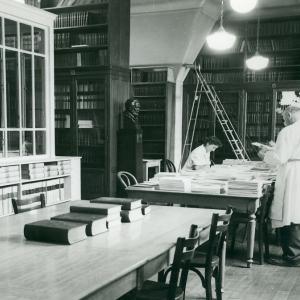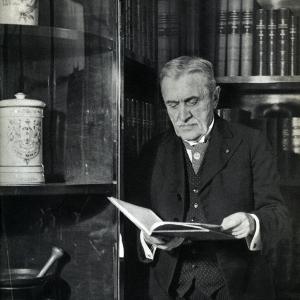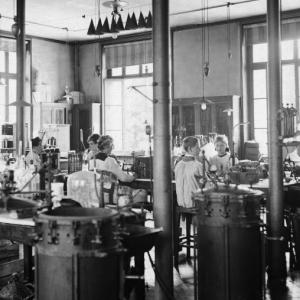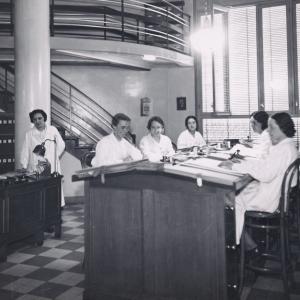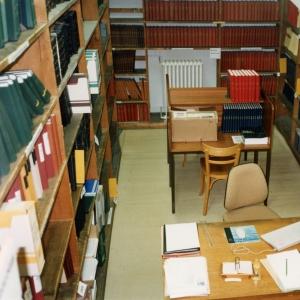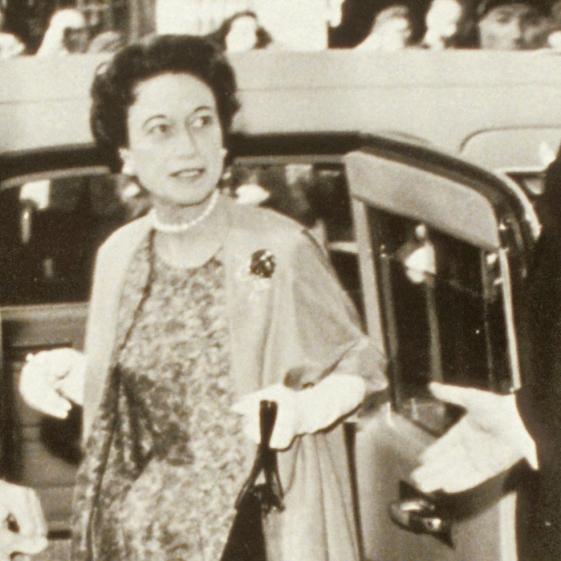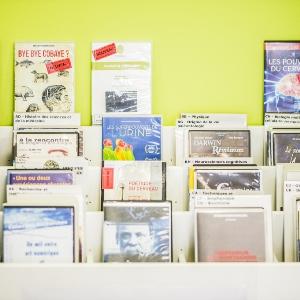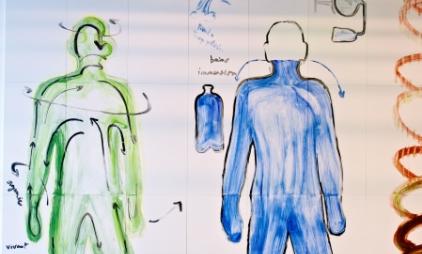About us
The library is one of the three divisions of the Institut Pasteur's Scientific Information Resources Center (CeRIS). It specializes in the fields of microbiology, immunology, molecular biology, neurobiology, biochemistry and the history of science. It is open to people from the Institut Pasteur's Paris campus and in the Institut Pasteur International Network. Access may be granted to external users for justified research purposes and on appointment only.


